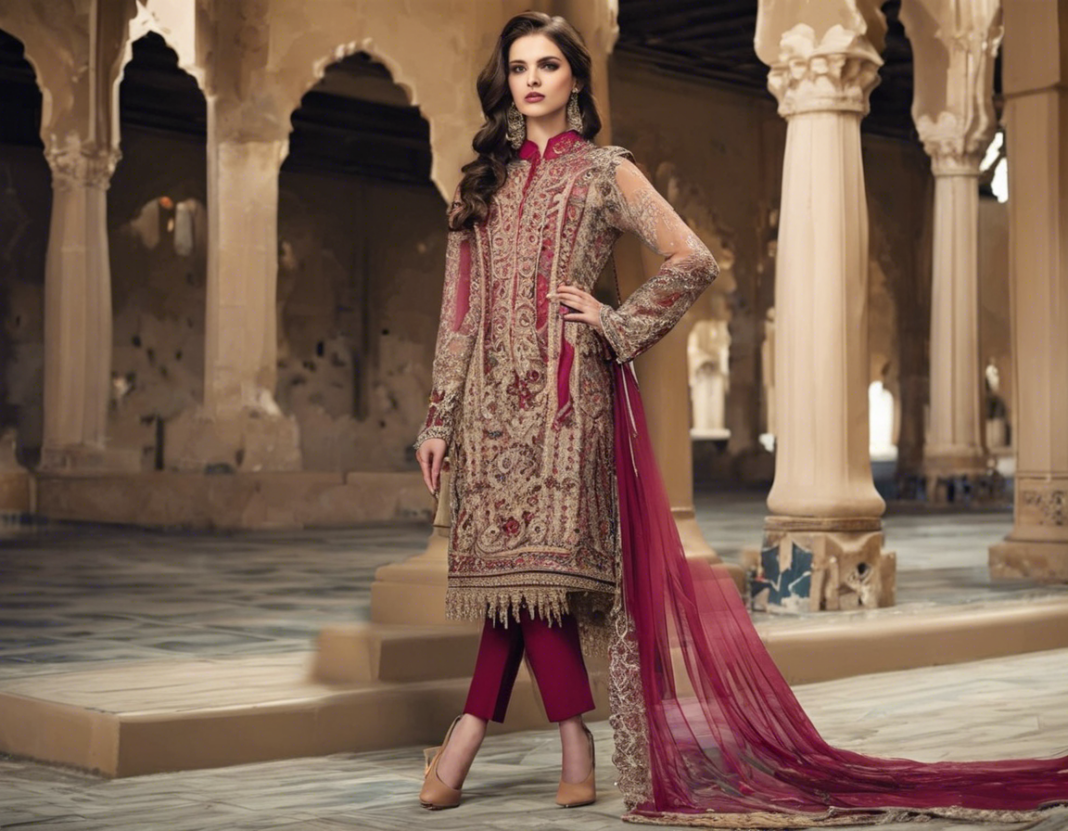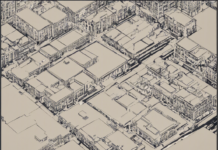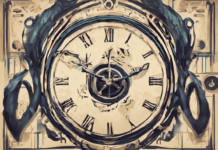Pakistani suits are renowned for their exquisite craftsmanship, intricate designs, and vibrant colors. Whether you’re attending a wedding, a festive event, or simply looking to expand your ethnic wardrobe, Pakistani suits offer a plethora of options to choose from. From traditional to contemporary styles, the variety is endless, making it a popular choice among women worldwide. In this comprehensive style guide, we will delve into the diverse world of Pakistani suit designs, exploring the different types, trends, and styling tips to help you create a statement look that reflects your personal style.
Understanding Pakistani Suit Designs
Pakistani suits, also known as Shalwar Kameez, consist of three primary components – the Kameez (tunic), the Shalwar (pants), and the Dupatta (scarf). These elements come together to create a cohesive outfit that can be customized in various ways to suit different occasions and preferences. Pakistani suits are often adorned with intricate embroidery, embellishments, and traditional motifs, making them a symbol of elegance and grace.
Types of Pakistani Suit Designs
-
Anarkali Suit: Characterized by a flared silhouette and a fitted bodice, Anarkali suits are a popular choice for formal events and weddings. They often feature heavy embroidery, zari work, and intricate detailing, making them a timeless classic.
-
Patiala Suit: Patiala suits are known for their baggy pants and short kameez, giving them a unique and traditional look. These suits are comfortable yet stylish, making them ideal for casual wear or festive occasions.
-
Straight-Cut Suit: With a straight-cut kameez and narrow pants, straight-cut suits offer a modern and sophisticated appeal. They are versatile and can be styled in various ways, making them a staple in every woman’s wardrobe.
-
Palazzo Suit: Palazzo suits feature wide-leg pants paired with a short or long kameez, creating a chic and trendy ensemble. Perfect for summer wear, palazzo suits are breezy and comfortable, making them a popular choice among fashion enthusiasts.
Trending Pakistani Suit Designs
-
Pastel Hues: Soft, pastel colors such as blush pink, mint green, and baby blue are trending in Pakistani suit designs. These subtle shades exude elegance and sophistication, making them perfect for daytime events or summer weddings.
-
Statement Sleeves: Dramatic sleeves with ruffles, bell sleeves, or balloon sleeves are making a statement in Pakistani suit designs. They add a touch of drama and flair to the outfit, elevating its overall appeal.
-
Organza Dupattas: Lightweight organza dupattas with delicate embroidery or embellishments are a popular choice to complement Pakistani suits. They add a touch of glamour and sophistication to the ensemble, making it perfect for formal occasions.
-
Digital Prints: Bold and vibrant digital prints are gaining popularity in Pakistani suit designs. From abstract patterns to floral motifs, digital prints offer a contemporary twist to traditional outfits, appealing to a younger audience.
Styling Tips for Pakistani Suits
-
Mix and Match: Experiment with different combinations of kameez, shalwar, and dupatta to create unique looks. You can mix contrasting colors, patterns, and textures to add visual interest to your outfit.
-
Accessorize Wisely: Pair your Pakistani suit with statement jewelry, such as jhumkas, chandbalis, or a statement necklace, to enhance its overall look. A clutch or potli bag can add a touch of elegance to your ensemble.
-
Footwear Choices: Opt for traditional footwear like juttis, mojaris, or khussas to complete your Pakistani suit look. These ethnic shoes add an authentic touch to your outfit and complement the overall aesthetic.
-
Hairstyle: Choose a hairstyle that complements your outfit – a sleek bun, loose curls, or a side braid can enhance the beauty of your Pakistani suit. Adding fresh flowers or hair accessories can elevate your look further.
-
Makeup: Keep your makeup understated and elegant to balance the intricate design of your Pakistani suit. Soft, neutral tones on the eyes and lips with a touch of highlighter can create a harmonious look.
FAQs about Pakistani Suit Designs
1. What fabric is commonly used in Pakistani suits?
Pakistani suits are often crafted from luxurious fabrics such as silk, chiffon, georgette, cotton, and crepe. Each fabric offers a distinct texture and drape, catering to different preferences and occasions.
2. How can I style a Pakistani suit for a formal event?
For formal events, opt for heavily embellished Pakistani suits with intricate embroidery or zari work. Pair it with statement jewelry, high heels, and a sophisticated clutch to complete your look.
3. Are Pakistani suits suitable for casual wear?
Yes, Pakistani suits can be styled for casual wear by choosing lighter fabrics, simple prints, and minimal embellishments. Pair them with flat footwear and minimal jewelry for a relaxed yet elegant look.
4. What is the difference between a Pakistani suit and an Indian suit?
While both Pakistani and Indian suits comprise a tunic, pants, and a scarf, they vary in terms of design details, embroidery styles, and color palettes. Pakistani suits are often known for their subtle elegance, while Indian suits may feature bolder colors and embellishments.
5. Can men wear Pakistani suits?
Yes, men can also wear Pakistani suits, commonly referred to as Shalwar Kameez. These outfits consist of a long tunic (Kameez), loose pants (Shalwar), and a scarf (Dupatta), offering a traditional and culturally rich look.
In conclusion, Pakistani suits offer a myriad of design options that cater to diverse preferences and occasions. Whether you prefer traditional styles like Anarkali suits or contemporary designs like palazzo suits, there is something for everyone in the world of Pakistani fashion. By understanding the different types, trends, and styling tips, you can curate a stunning Pakistani suit ensemble that reflects your unique style and personality.












